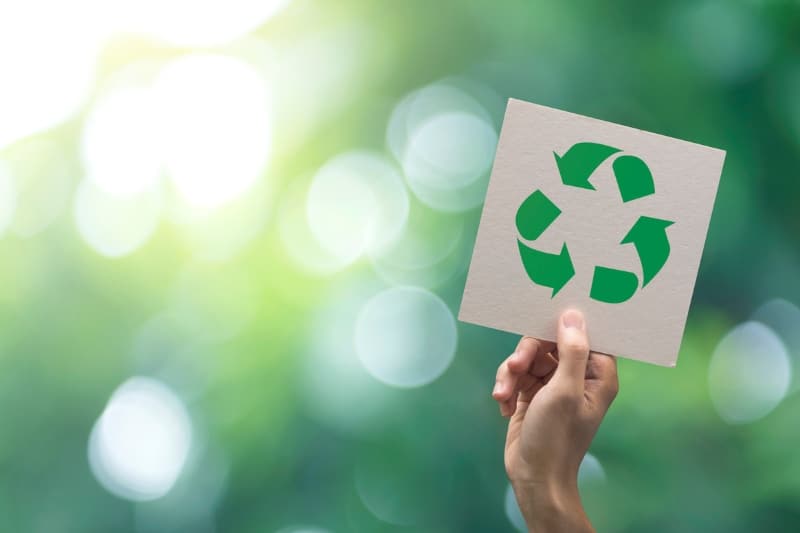Singapore launched its inaugural Zero Waste Masterplan in late August 2019, aiming to reduce the amount of waste that Singapore sends to its landfill on Semakau island by 30% by 2030. This could help extend the lifespan of the landfill beyond the current projection of 2035.
As part of the masterplan, the government is taking the lead to catalyze a shift to the circular economy, by introducing the Resource Sustainability Bill in the parliament. The framework aims to send an economic signal to producers to take into account their impact on the environment. It will finance the aggregation and recovery of useful materials such as metals from e-waste. It also aims to encourage producers to reduce the use of packaging. The regulatory framework will target three priority waste streams of electrical and electronic waste, or e-waste, packaging waste including plastics, and food waste.
Singapore aims to leverage science and technology to develop new and more efficient ways to recover resources from waste. A few months ago, plans were announced for NEWSand: a strategic endeavor to turn incineration bottom ash into construction material, instead of landfilling it. NEA has developed provisional environmental standards for the use of NEWSand, and field trials are on track to begin in 2020.
Singapore will also adopt a systems-level approach to promote industrial symbiosis, attempting to use the waste from one industry as raw material for another. An example of this is the Tuas Nexus, which comprises two co-located facilities, the National Environment Agency (NEA)’s Integrated Waste Management Facility and the national water utility, PUB’s Tuas Water Reclamation Plant. The Tuas Nexus will co-digest food waste with used water sludge to triple biogas yield, which in turn will generate energy to power the Tuas Nexus.
The city state is also exploring closing resource loops at the district level. Government agencies across various domains are working together to optimize resource flows within the upcoming Jurong Lake District and Punggol Digital District. One possibility being explored is to convert food waste into useful products like compost for landscaping throughout a district. The industrial estate operator, JTC, commissioned a Jurong Island Circular Economy Study to map out resource flows and identify further synergies within the petrochemical cluster.
The government is dedicating significant resources in R&D. Its SGD 45 million Closing the Waste Loop R&D initiative is driving research to extract valuable components from packaging waste; spearheading solutions to turn incineration bottom ash into construction materials; and synthesizing methods to recycle e-waste. Meanwhile, the SGD 25 million waste-to-energy (WTE) R&D program is focusing on WTE technologies.
(Sources: Ministry of the Environment and Water Resources, Singapore; The Straits Times)
